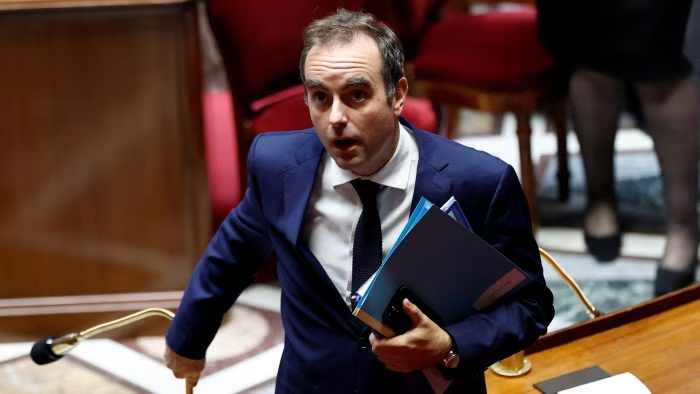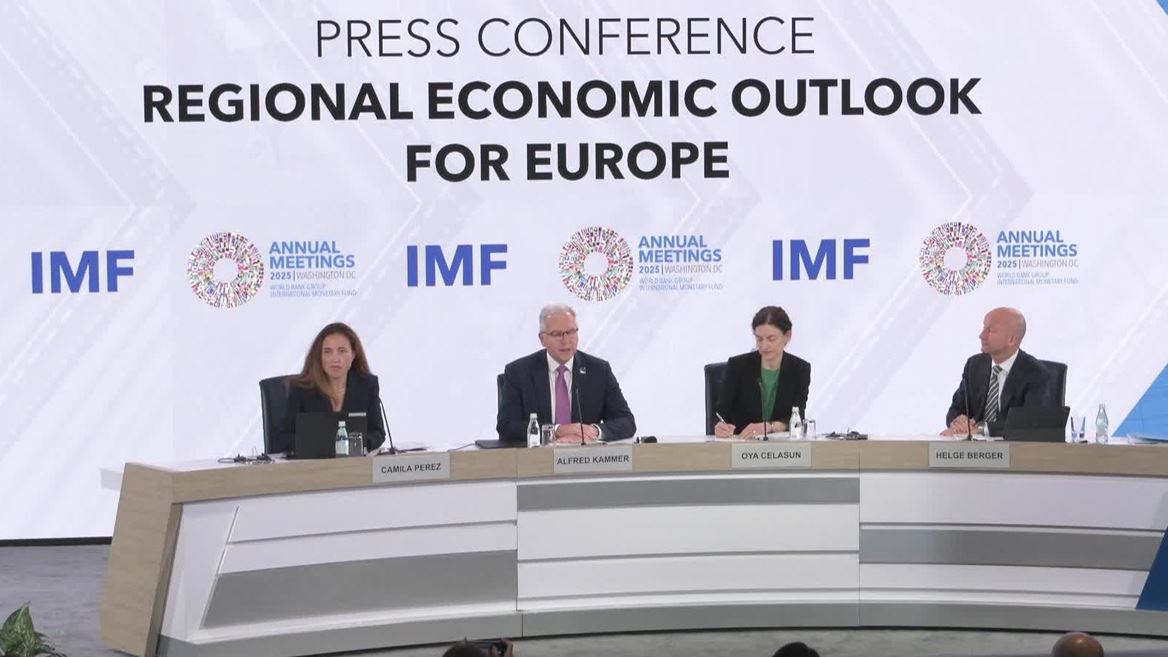Quantum phase estimation, a fundamental technique for determining the energy levels of complex systems, traditionally focuses on individual states and demands precise input preparation. Researchers Stefano Scali and Josh Kirsopp, both from…
Blog
-

S&P cuts France’s credit rating as it forecasts higher debt pile
Unlock the Editor’s Digest for free
Roula Khalaf, Editor of the FT, selects her favourite stories in this weekly newsletter.
Standard & Poors on Friday cut France’s credit rating on expectations that its debt will rise higher than previously anticipated in the coming years, heaping pressure on Prime Minister Sébastien Lecornu’s budget plans.
S&P is the third rating agency to downgrade France in about a month, and comes just days after Lecornu secured a fragile government at the expense of pausing President Emmanuel Macron’s proposed pensions reforms.
Lowering France’s credit rating from AA- to A+ with a stable outlook, S&P said it expects France would succeed in hitting its 5.4 per cent budget deficit target for this year. But “in the absence of significant additional budget deficit-reducing measures, the budgetary consolidation over our forecast horizon will be slower than previously expected,” it said late on Friday night.
With the spread between French and German bonds widening in recent weeks, the downgrade is likely to further increase France’s borrowing costs.
The agency said it expects government debt to reach 121 per cent of GDP in 2028, compared with 112 per cent of GDP at the end of last year. It expects conditions in the Eurozone’s second-largest economy to remain uncertain ahead of hotly anticipated presidential elections in 2027.
France was plunged into political crisis when President Macron called and lost snap elections in June 2024, producing no clear majority in parliament. Lecornu is his fourth different prime minister since the vote, with his predecessors being voted out by opposition groups over disagreements on how to handle France’s ballooning public debt pile.
Lecornu — a close ally of Macron — resigned from the post of premier and was reappointed in the space of a week, highlighting France’s deepening political instability.
He survived his first confidence votes on Thursday thanks to an abstention of most of the centre-left Socialist party, but the result came at the cost of suspending Macron’s landmark structural reform on pensions. The freeze will cost €400mn in 2026 and €1.8bn the following year.
Ahead of the votes, Lecornu argued with opposition parties to allow his government to pass a budget to bring the deficit to below 5 per cent next year.
He urged lawmakers to negotiate over his proposed €30bn package of tax rises and spending cuts rather than resorting to more challenges to his premiership.
S&P said the 2027 election “casts doubt” on whether France will be able to implement fiscal consolidation measures in the medium term — or whether the country would achieve the 3 per cent of GDP budget deficit target by 2029 it had pledged to the EU.
Reacting to the downgrade, finance minister Roland Lescure said it was “now the collective responsibility of the government and parliament to adopt a budget that meets this [5.4 per cent] target before the end of 2025”.
Continue Reading
-

US Grand Prix: Max Verstappen beats Lando Norris to pole for sprint race in Austin
Piastri had looked to be struggling compared with Norris since the start of practice and was a good chunk off the Briton in all three qualifying sessions.
Norris said: “Disappointed not to be on pole but not a surprise for us to be just a bit…
Continue Reading
-

Behind the scenes of the “30 Rocks” design process with Lakers artist
The Lakers commemorative basketball designed by Arutyun Gozukuchikyan.
NBC Sports and all 30 NBA teams are celebrating the love of the game and their home cities with the 30 Rocks live activation, featuring the works of local artists ahead of…
Continue Reading
-

Open-Label Ponsegromab Appears Effective in Cancer-Associated Cachexia
Ponsegromab treatment over 64 weeks resulted in sustained improvements in body weight and suppression of growth differentiation factor 15 (GDF-15), a stress-induced cytokine, irrespective of prior treatment assignment, with a consistent…
Continue Reading
-

IMF / Regional Economic Outlook for Europe Press Briefing
Effective policy action helped steer Europe through a strong post-pandemic rebound, though the recovery is now moderating as the region faces renewed headwinds. At the International Monetary Fund (IMF) 2025 Annual Meeting, Alfred Kammer, Director of the IMF’s European Department, cautioned that the region is transitioning into a period of weaker medium-term growth.
“The pandemic and the energy crisis were huge shocks. And because of good policymaking, we entered into a recovery, and recovery unfolded as we expected. And, what we see is now the end of that recovery. And the end of that recovery goes into the medium-term, dismal, mediocre growth for Europe; that is what we have been predicting. Second point to make: on the short-term, the recovery is being driven by higher real wages and their supporting consumption, lower interest rates are providing support to investment spending, and we are facing new headwinds since earlier this year. And they come from trade tensions and geopolitical tensions. And when you’re looking at our short-term forecast for this year, they have been influenced by frontloading, as a response to these tariff threats earlier on, before they became available. And, when we’re looking at the impact of trade tariffs and uncertainty for [20]25-[20]26, they are going to shave off growth by 0.5% cumulatively. And they are only partially offset by higher infrastructure spending projected for Germany, and higher defense spending,” cautioned Kammer.
As the recovery slows, policymakers are advised to turn their attention from managing near-term momentum to consolidating policy gains. This recommendation comes against the backdrop of the euro area and European Central Bank’s success in bringing inflation under control, which has helped stabilize the monetary environment.
“We have reached the inflation target and it looks like we have reached that, durably. And what it means for ECB monetary policy that, they can stay at a terminal rate of 2%. And our recommendation for the ECB is to only change the policy rate if or when material shocks strike, which would materially change the inflation outlook. A slightly different situation in the CC [Central and Eastern European Countries] countries where inflation is still 1 to 3 percentage points above target; there is still a risk of the anchoring of inflation expectations. And therefore, CC countries need to be more cautious in the disinflation effort; they need to remain data-dependent, meeting-by-meeting and need to ease only gradually,” advised Kammer.
As inflation pressures ease across much of Europe, the focus shifts to the deeper reforms needed to lift Europe’s weak growth trajectory. Policymakers are urged to tackle long-standing constraints by reducing intra-European trade barriers, advancing deeper capital markets through a Capital Markets Union, improving labor mobility, and developing an energy union to enhance affordability and stability. These priorities are essential to strengthening competitiveness and resilience across the region.
“Europe has excellent examples in place on what to do and how to do it. We put these reforms together and they would – the Euro level reforms first step, and structural reforms domestically – they would actually give a boost to the level of GDP over 10 to 15 years by 9%; that’s a large number. Use the European budget in order to incentivize reform. Use the European budget to actually generate savings for the European public goods. And those are public investments into R&D; those are public investments into energy and into defense – because a coordinated approach will overall provide savings and will provide a more effective system. We add a big message this time to our REO [Regional Economic Organizations], and that is, you also need to focus on fiscal consolidation. The package on the European reform and on the structural reforms that is going to create – when implemented – a lift in productivity, it will increase the income of Europeans, and it provides resilience, and it will also help on the fiscal consolidation side,” predicted Kammer
But reform alone won’t shield Europe from mounting fiscal pressures. Long-term spending demands tied to aging-related healthcare, pensions, digital transformation, the energy transition, and higher borrowing costs are projected to steadily push debt levels higher. Without meaningful fiscal adjustment, public debt would double over the next 15 years, driving the average debt ratio across Europe to around 130% of GDP. Stabilizing debt levels will require a clear and credible fiscal consolidation path.
“Do the structural reform and the productivity-enhancing measures, because they will not only increase your income, they will also be a considerable contribution to the fiscal adjustment effort; and they could lower the fiscal adjustment requirement over the next five years, by one third to one half of the efforts. So, a huge and important contribution to make from these. So, all clear. And, also, I would say when you talk to European policymakers: very much agreed by all of them. And it’s always in the implementation, and to overcome the political economy, resistance. And that’s a really, really tough part to do. And we are trying to support the European policymakers in creating a narrative, because you need to discuss this with the population. We are providing numbers on the huge benefits of actually acting. And, policymakers need to find ways to overcome these obstacles and act. And our view is: Europe can act, Europe must act, and Europe must do so now,” concluded Kammer.
Continue Reading
-

IMF / Regional Economic Outlook for Europe Press Briefing
Effective policy action helped steer Europe through a strong post-pandemic rebound, though the recovery is now moderating as the region faces renewed headwinds. At the International Monetary Fund (IMF) 2025 Annual Meeting, Alfred Kammer, Director of the IMF’s European Department, cautioned that the region is transitioning into a period of weaker medium-term growth.
“The pandemic and the energy crisis were huge shocks. And because of good policymaking, we entered into a recovery, and recovery unfolded as we expected. And, what we see is now the end of that recovery. And the end of that recovery goes into the medium-term, dismal, mediocre growth for Europe; that is what we have been predicting. Second point to make: on the short-term, the recovery is being driven by higher real wages and their supporting consumption, lower interest rates are providing support to investment spending, and we are facing new headwinds since earlier this year. And they come from trade tensions and geopolitical tensions. And when you’re looking at our short-term forecast for this year, they have been influenced by frontloading, as a response to these tariff threats earlier on, before they became available. And, when we’re looking at the impact of trade tariffs and uncertainty for [20]25-[20]26, they are going to shave off growth by 0.5% cumulatively. And they are only partially offset by higher infrastructure spending projected for Germany, and higher defense spending,” cautioned Kammer.
As the recovery slows, policymakers are advised to turn their attention from managing near-term momentum to consolidating policy gains. This recommendation comes against the backdrop of the euro area and European Central Bank’s success in bringing inflation under control, which has helped stabilize the monetary environment.
“We have reached the inflation target and it looks like we have reached that, durably. And what it means for ECB monetary policy that, they can stay at a terminal rate of 2%. And our recommendation for the ECB is to only change the policy rate if or when material shocks strike, which would materially change the inflation outlook. A slightly different situation in the CC [Central and Eastern European Countries] countries where inflation is still 1 to 3 percentage points above target; there is still a risk of the anchoring of inflation expectations. And therefore, CC countries need to be more cautious in the disinflation effort; they need to remain data-dependent, meeting-by-meeting and need to ease only gradually,” advised Kammer.
As inflation pressures ease across much of Europe, the focus shifts to the deeper reforms needed to lift Europe’s weak growth trajectory. Policymakers are urged to tackle long-standing constraints by reducing intra-European trade barriers, advancing deeper capital markets through a Capital Markets Union, improving labor mobility, and developing an energy union to enhance affordability and stability. These priorities are essential to strengthening competitiveness and resilience across the region.
“Europe has excellent examples in place on what to do and how to do it. We put these reforms together and they would – the Euro level reforms first step, and structural reforms domestically – they would actually give a boost to the level of GDP over 10 to 15 years by 9%; that’s a large number. Use the European budget in order to incentivize reform. Use the European budget to actually generate savings for the European public goods. And those are public investments into R&D; those are public investments into energy and into defense – because a coordinated approach will overall provide savings and will provide a more effective system. We add a big message this time to our REO [Regional Economic Organizations], and that is, you also need to focus on fiscal consolidation. The package on the European reform and on the structural reforms that is going to create – when implemented – a lift in productivity, it will increase the income of Europeans, and it provides resilience, and it will also help on the fiscal consolidation side,” predicted Kammer
But reform alone won’t shield Europe from mounting fiscal pressures. Long-term spending demands tied to aging-related healthcare, pensions, digital transformation, the energy transition, and higher borrowing costs are projected to steadily push debt levels higher. Without meaningful fiscal adjustment, public debt would double over the next 15 years, driving the average debt ratio across Europe to around 130% of GDP. Stabilizing debt levels will require a clear and credible fiscal consolidation path.
“Do the structural reform and the productivity-enhancing measures, because they will not only increase your income, they will also be a considerable contribution to the fiscal adjustment effort; and they could lower the fiscal adjustment requirement over the next five years, by one third to one half of the efforts. So, a huge and important contribution to make from these. So, all clear. And, also, I would say when you talk to European policymakers: very much agreed by all of them. And it’s always in the implementation, and to overcome the political economy, resistance. And that’s a really, really tough part to do. And we are trying to support the European policymakers in creating a narrative, because you need to discuss this with the population. We are providing numbers on the huge benefits of actually acting. And, policymakers need to find ways to overcome these obstacles and act. And our view is: Europe can act, Europe must act, and Europe must do so now,” concluded Kammer.
Continue Reading
-
expert reaction to conference abstract on the PATHFINDER II trial into the safety and performance of the Galleri test in people without cancer symptoms
A conference abstract presented at the European Society for Medical Oncology (ESMO) 2025 meeting looks at the…
Continue Reading
-

Taylor Swift’s film Easter egg sparks a $2M windfall for sea otters
San Francisco — San Francisco (AP) — An Easter egg dropped by Taylor Swift in the film for her new album is proving to be a boon for sea otters in Northern California.
The pop star wore a vintage Monterey Bay Aquarium otter conservation T-shirt…
Continue Reading
-

Google Messages rolling out account menu redesign
The account menu was the last non-Material 3 Expressive aspect of Google Messages and it has now been updated.
Like all other Google apps, tapping on the account avatar in the top-right corner now opens a fullscreen page…
Continue Reading
